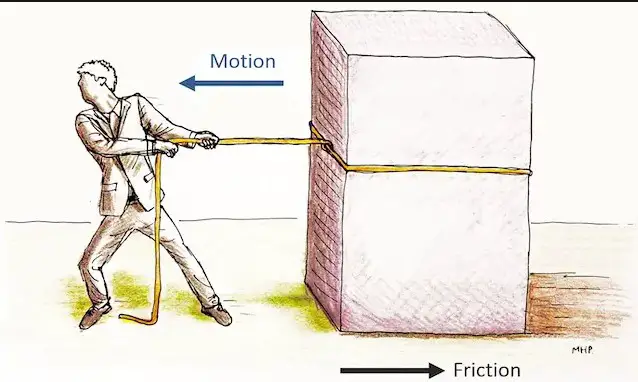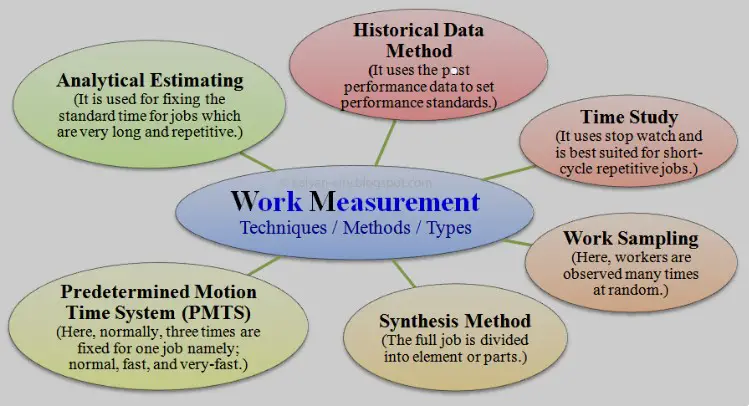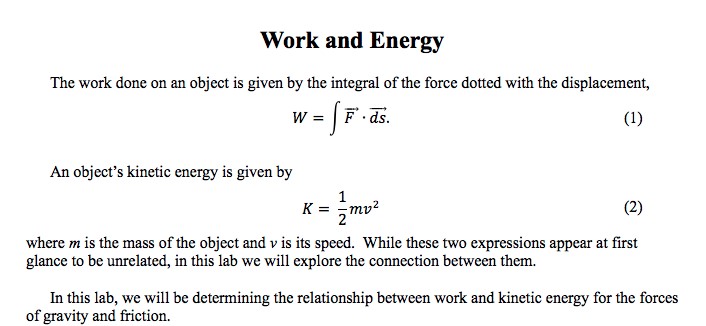Work and force are closely related to each other and have a direct effect on one another. In this blog, we will discuss how work and force interact to produce motion, energy, and other physical effects. We will also explore how work and force can be used to calculate the amount of energy needed to do a certain task.
Finally, we will explore how work and force can be applied to everyday situations.
Types of forces and how they affect work

When we talk about work, we often think of physical labor and effort, but there’s something else at play here: forces. Forces are an integral part of how work is done, and understanding the different types of forces can help you understand why work is done the way it is. In this blog section, we’ll explore the various types of forces and how they affect work.
The four main types of forces that can influence work are gravitational, electrical, magnetic, and frictional. Gravity is the most obvious force, and it affects the way objects move and interact with each other.
Electrical forces are responsible for electrical charges and how they interact with each other. Magnetic forces are responsible for how magnets attract or repel each other. Finally, frictional forces are responsible for the resistance between two objects that are in contact with each other.
Finally, frictional forces are responsible for the resistance between two objects that are in contact with each other. All of these forces can have an effect on the amount of work that needs to be done, so understanding how they interact can help you understand the relation between work and force.
How can work be measured

Work can be measured in terms of the amount of force it takes to accomplish a task. This is because the amount of force applied to a task is directly related to how much work it takes to complete it. For example, if you need to lift a heavy object, it will take more force – and therefore more work – than lifting a light object.
For example, if you need to lift a heavy object, it will take more force – and therefore more work – than lifting a light object. This relationship between work and force is an important concept to understand in physics and engineering, as it can help you understand the energy required to complete tasks.
Examples of force and work in everyday life
The relationship between work and force is an important concept to understand in physics. Work is a measure of the amount of energy transferred from one object to another, while force is the agent of action that causes the transfer of energy. In everyday life, this relationship is seen all around us.
For instance, when we lift a heavy object, we exert a force on it, and the energy we put into the action is the work done. Similarly, when a hammer is used to drive a nail into a wall, the force of the hammer is the agent of action, while the work done is the energy imparted to the nail.
In both cases, the relationship between force and work is clearly evident. Understanding this relationship can help us to better understand many of the physical processes that we encounter in our everyday lives.
The laws of thermodynamics and how they are related to work and force
The laws of thermodynamics are essential for understanding the relationship between work and force. These laws describe the behavior of energy and matter in the universe and govern the transfer of energy from one state to another.
In simpler terms, work is the energy used to move an object, while force is the amount of energy needed to move it. The laws of thermodynamics help to explain the relationship between work and force, as they help to define how much energy is required to move a given object.
They can also be used to determine the amount of work required to achieve a desired result. In other words, they provide a framework for understanding how energy is used to move an object and how much force is needed to move it.
Benefits of understanding the relationship between work and force
When it comes to physics, understanding the relationship between work and force is key. Work and force are two different types of energy, but they are intrinsically linked. Work is the energy transferred by a force, while force is the energy that causes an object to move.
To put it simply, work is the result of force. By understanding the relationship between work and force, we can better understand the physics around us and the laws of motion.
This understanding can be invaluable in a variety of fields, from engineering to medicine. It can help improve the efficiency of machines, increase safety in the workplace, and allow us to better understand our environment. Therefore, understanding the relationship between work and force can have a number of practical applications and is an important concept to grasp.
Bottom Line
In conclusion, work and force have a direct relationship. Work is the product of force multiplied by distance, and it is the amount of energy transferred from one point to another. Force is a vector quantity that can be applied in any direction, and work is the result of the application of that force.
Force and work are related through the equation F x d = W, and this equation is a fundamental part of physics and engineering. By understanding the relationship between force and work, we can better understand the physical world around us.

